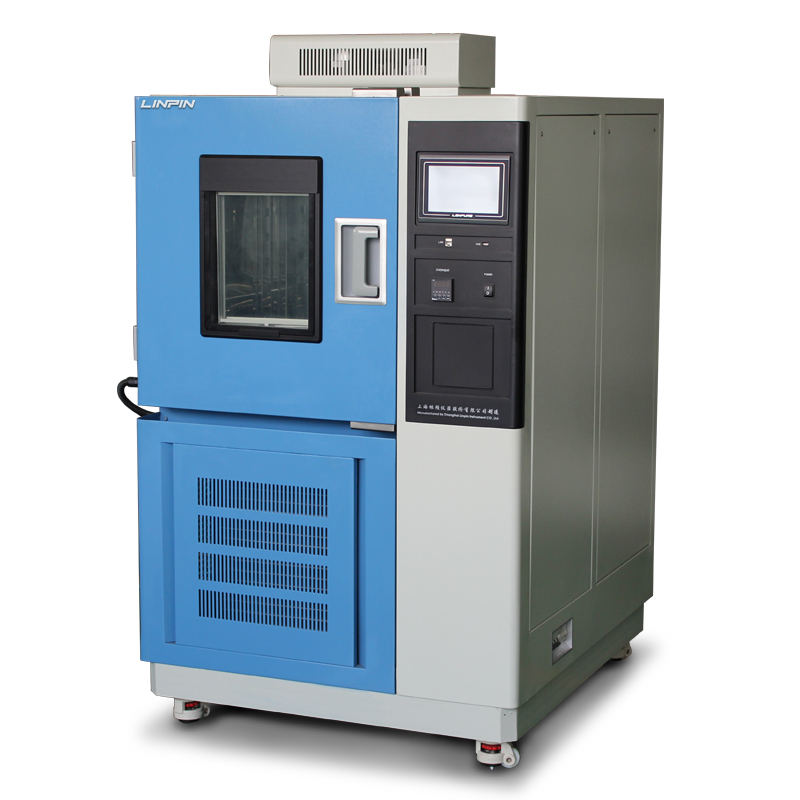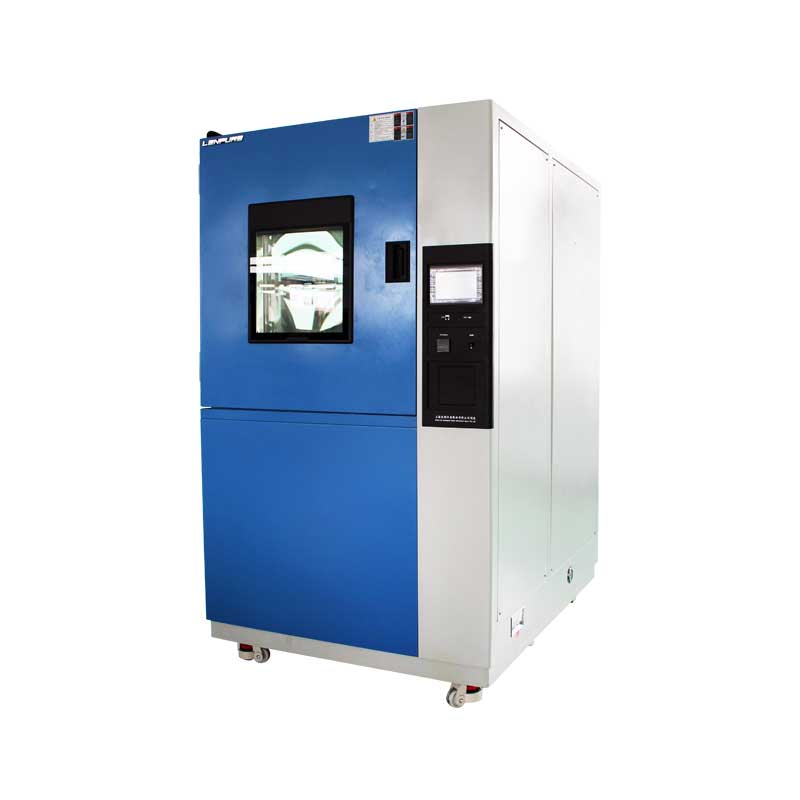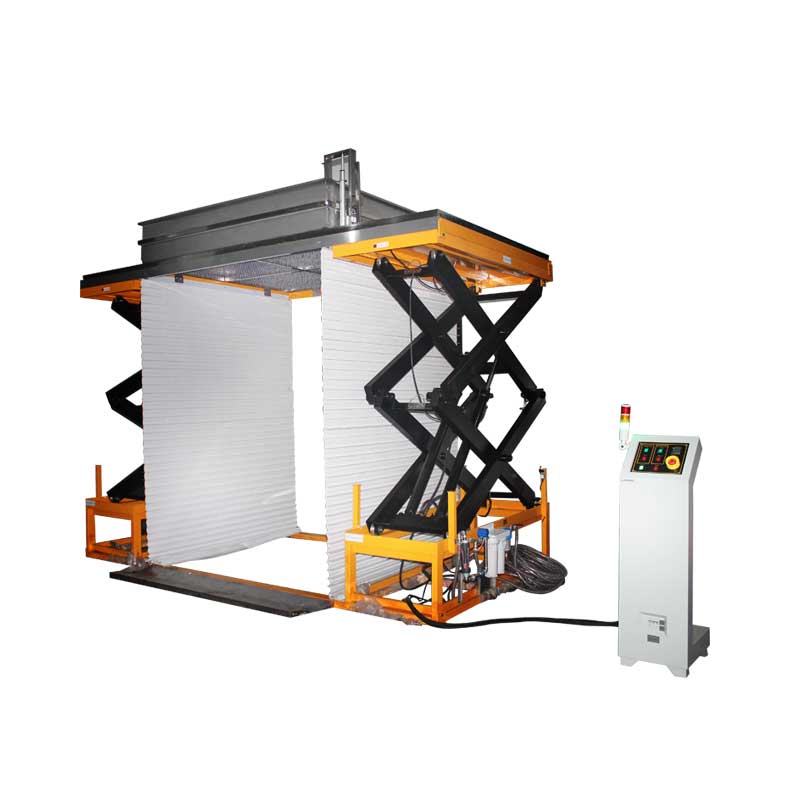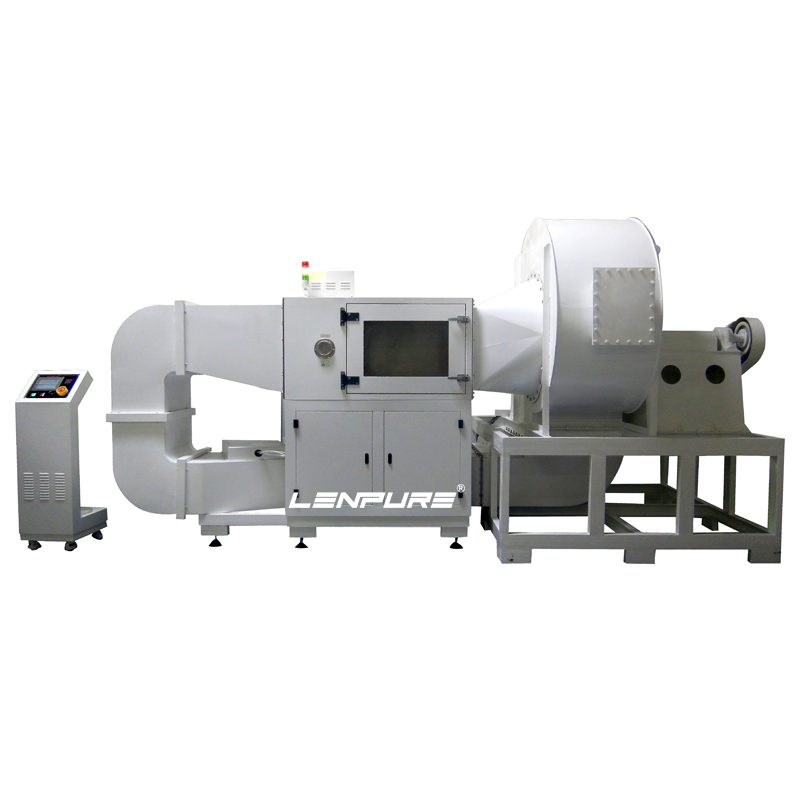GB/T 13642-2015: Standard Test Methods for Vulcanized Rubber and Thermoplastic Rubber
Author:LINPIN Update Time:2025-09-10 Source:LINPINThe GB/T 13642-2015 standard, titled Standard Test Methods for Vulcanized Rubber and Thermoplastic Rubber, establishes comprehensive procedures for evaluating the physical and mechanical properties of rubber materials. Developed by the Standardization Administration of China (SAC), this document serves as a critical reference for manufacturers, researchers, and quality control professionals engaged in rubber product development and industrial applications. Compliance with GB/T 13642-2015 ensures consistency in material performance assessment, facilitating international trade and technological exchange in the rubber industry.
Scope and Applicability
GB/T 13642-2015 outlines standardized methodologies for testing vulcanized rubber and thermoplastic rubber across multiple parameters, including tensile strength, elongation at break, hardness, compression set, and fatigue resistance. The standard applies to raw rubber compounds, finished rubber products, and thermoplastic elastomers (TPEs) used in automotive, construction, aerospace, and consumer goods sectors. By defining uniform testing conditions—such as temperature, humidity, and sample preparation—the standard minimizes variability in test results, enabling reliable cross-comparison of material data.
Key Test Methods and Technical Requirements
-
Tensile Properties (ISO 37 Equivalent)
The standard specifies procedures for measuring tensile strength, elongation at break, and modulus using dumbbell-shaped or ring specimens. Tests are conducted under controlled strain rates (typically 500 mm/min) to determine stress-strain behavior. Results are reported in megapascals (MPa) for tensile strength and percentage (%) for elongation. -
Hardness Measurement (ISO 48 Equivalent)
Hardness, a critical indicator of material resistance to indentation, is assessed using Shore A or IRHD (International Rubber Hardness Degree) scales. GB/T 13642-2015 mandates calibration of durometers and specifies test durations (e.g., 15 seconds) to ensure reproducibility. -
Compression Set Testing (ISO 815 Equivalent)
This method evaluates the elastic recovery of rubber after prolonged compressive deformation. Samples are compressed to 25% of their original height at defined temperatures (e.g., 70°C or 100°C) for 22–24 hours. Residual deformation is measured post-recovery, with lower values indicating superior elasticity. -
Aging Resistance (ISO 188 Equivalent)
Accelerated aging tests simulate long-term environmental exposure by subjecting specimens to elevated temperatures (70–150°C) in air-circulating ovens. Changes in tensile strength, elongation, and mass are quantified to predict service life. -
Dynamic Mechanical Analysis
For applications involving cyclic loading (e.g., tire treads), the standard includes protocols for fatigue testing, measuring crack growth resistance under repeated stress cycles.
Significance in Industry and Compliance
GB/T 13642-2015 aligns with international norms (e.g., ISO, ASTM) to support global supply chain integration. Chinese rubber exporters leverage this standard to demonstrate compliance with EU REACH, U.S. FDA, and other regulatory frameworks. Additionally, the standard’s emphasis on precision—through strict tolerances for equipment calibration and test conditions—reduces disputes between suppliers and buyers regarding material performance claims.
Implementation Challenges and Best Practices
Adhering to GB/T 13642-2015 requires laboratories to maintain accredited equipment (e.g., tensile testers, hardness testers) and trained personnel. Common pitfalls include improper sample conditioning (e.g., insufficient curing time) and deviations from specified test environments. Companies are advised to conduct periodic interlaboratory comparisons to validate testing consistency.
Future Developments
As rubber technology evolves—particularly with sustainable formulations like silica-reinforced or bio-based rubbers—GB/T 13642 may incorporate supplementary tests for emerging properties (e.g., dynamic viscoelasticity, recyclability). Stakeholders are encouraged to monitor updates from SAC to ensure continued compliance.
GB/T 13642-2015 represents a robust framework for rubber material evaluation, bridging Chinese industrial practices with global standards. Its systematic approach to testing enhances product reliability, fosters innovation, and underpins quality assurance in high-performance rubber applications.





